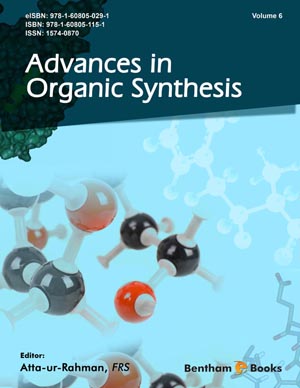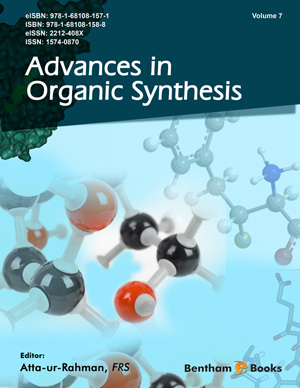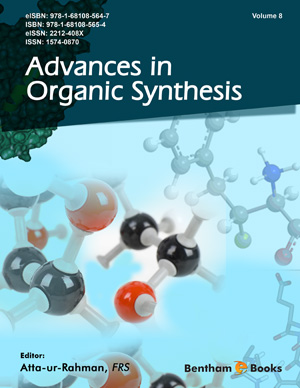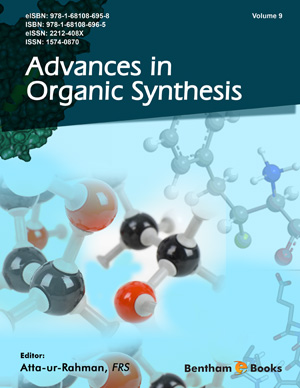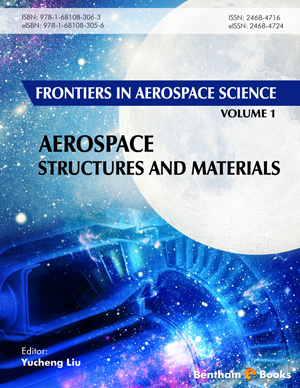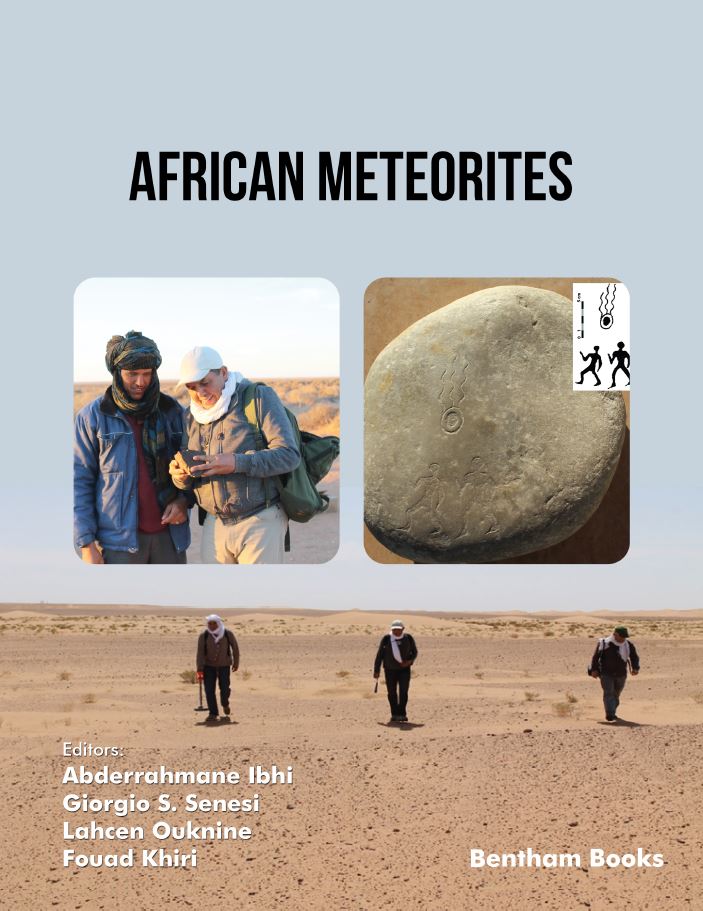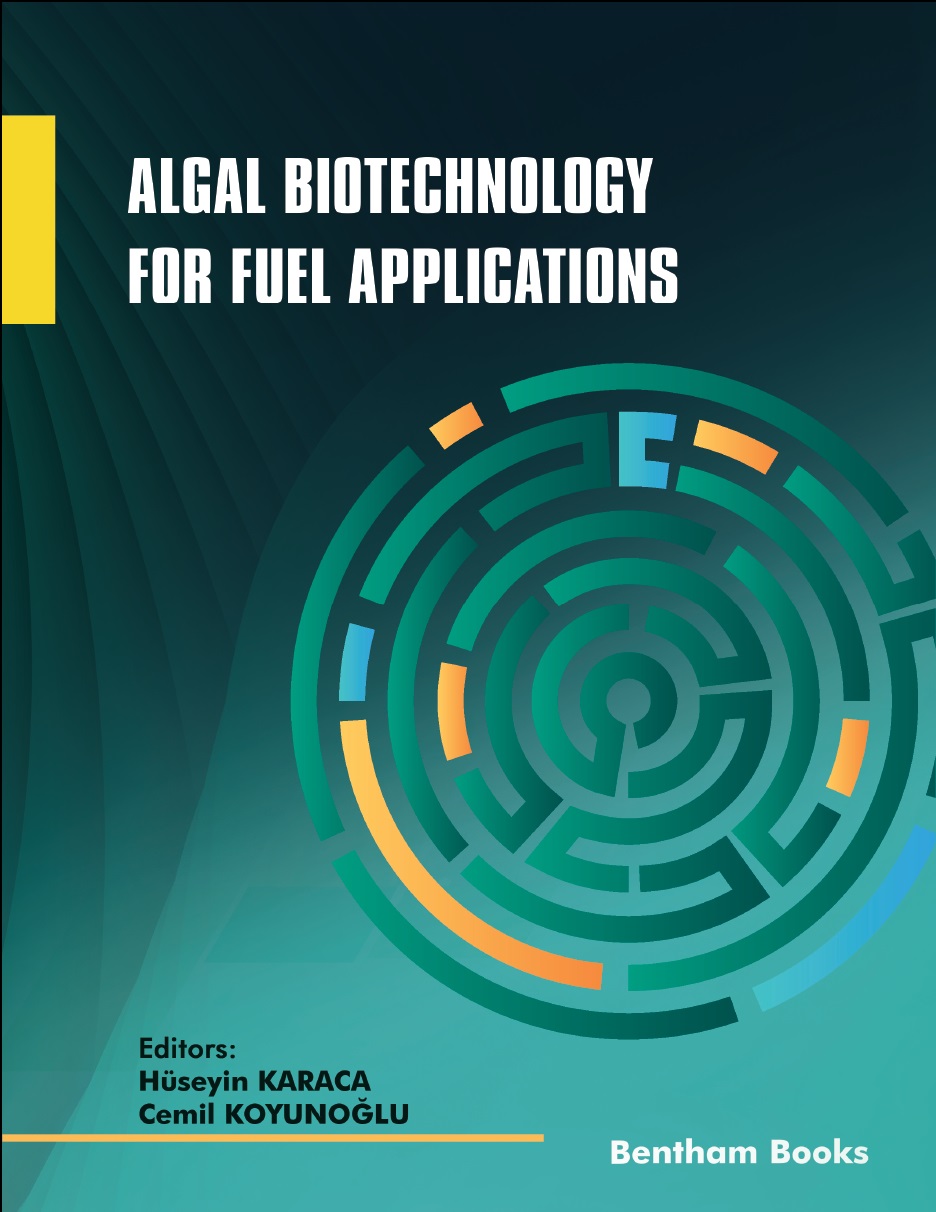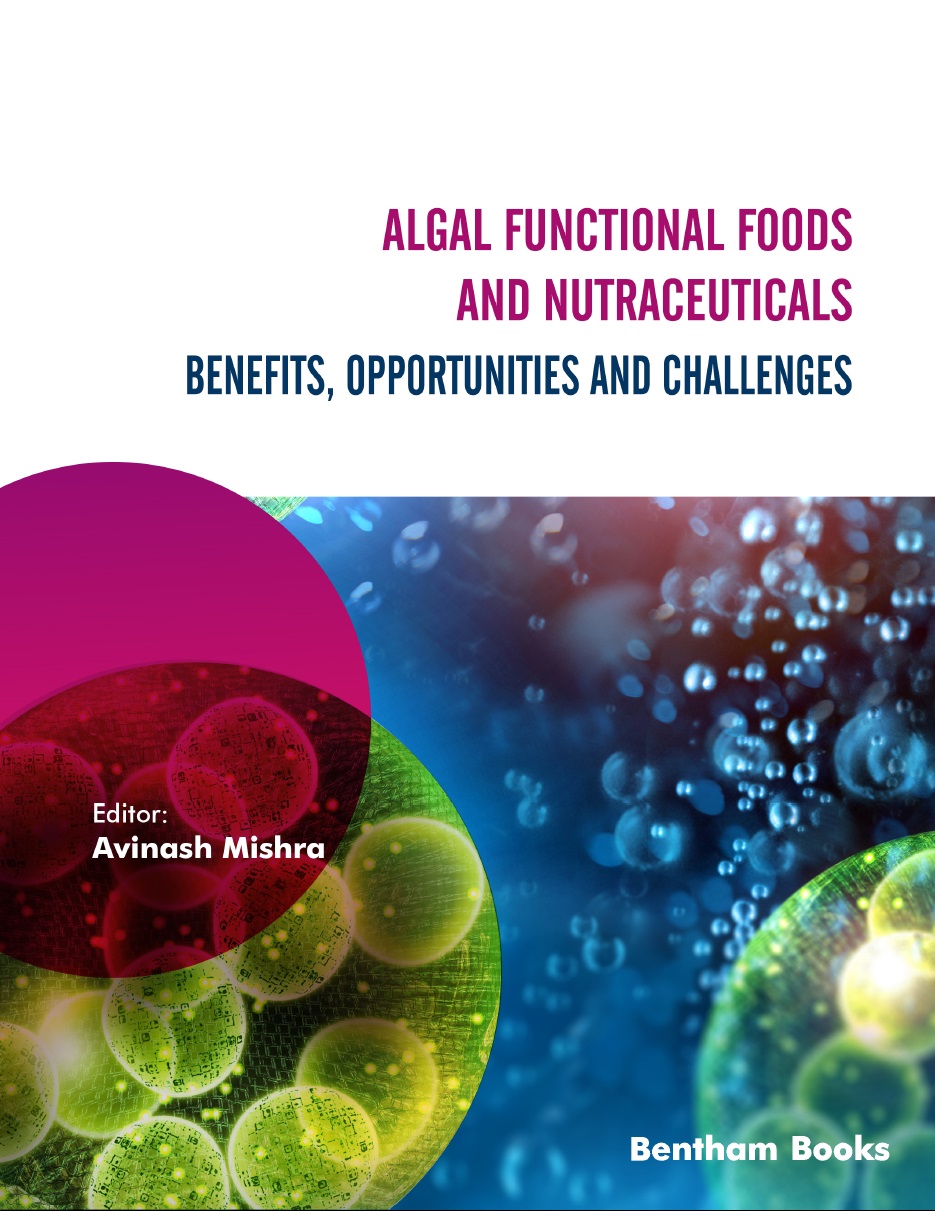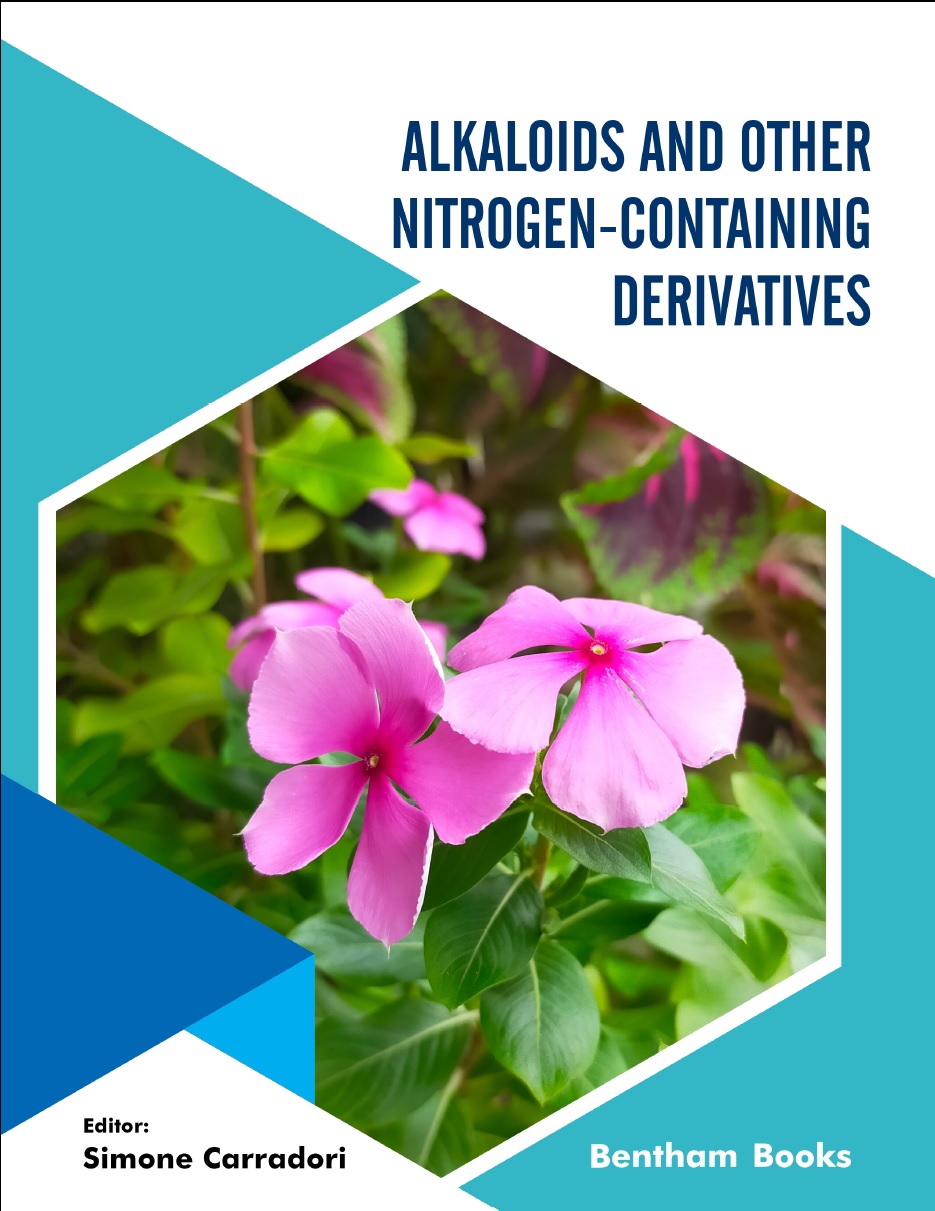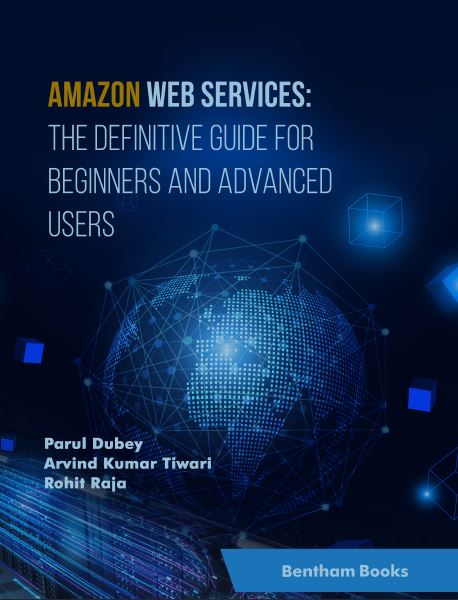- Home
- Publishers
- Bentham Science Publishers
Bentham Science Publishers
Bentham Science Publishers is a major publisher of more than 100 peer-reviewed science, technology and medical (STM) journals, along with a rapidly growing collection of eBooks. Since 1993, Bentham Science Publishers has been catering to the information needs of the pharmaceutical, engineering, biomedical and medical research community.1656
results
101 - 120 of 1656 results
-
-
Advances in Organic Synthesis: Volume 6
More LessAdvances in Organic Synthesis is a book series devoted to the latest advances in synthetic approaches towards challenging structures. It presents comprehensive articles written by eminent authorities on different synthetic approaches to selected target molecules and new methods developed to achieve specific synthetic transformations. Contributions are written by eminent scientists and each volume is edited by an authority i Read More
-
-
-
Advances in Organic Synthesis: Volume 7
More LessAdvances in Organic Synthesis is a book series devoted to the latest advances in synthetic approaches towards challenging structures. It presents comprehensive articles written by eminent authorities on different synthetic approaches to selected target molecules and new methods developed to achieve specific synthetic transformations. Contributions are written by eminent scientists and each volume is edited by an authority i Read More
-
-
-
Advances in Organic Synthesis: Volume 8
More LessAdvances in Organic Synthesis is a book series devoted to the latest advances in synthetic approaches towards challenging structures. It presents comprehensive articles written by eminent authorities on different synthetic approaches to selected target molecules and new methods developed to achieve specific synthetic transformations. Contributions are written by eminent scientists and each volume is edited by an authority i Read More
-
-
-
Advances in Organic Synthesis: Volume 9
More LessAdvances in Organic Synthesis is a book series devoted to the latest advances in synthetic approaches towards challenging structures. The series presents comprehensive reviews written by eminent authorities on different synthetic approaches to selected target molecules and new methods developed to achieve specific synthetic transformations or optimal product yields. Advances in Organic Synthesis is essential for all orga Read More
-
-
-
Advances in Physicochemical Properties of Biopolymers (Part 1)
More LessThe last two decades have seen a number of significant advances in the methodology for evaluating the molecular weight distributions of polydispersed macromolecular systems in solution at the molecular level. This reference presents reviews on the progress in different analytical and characterization methods of biopolymers.Readers will find useful information about combinations of complex biopolymer analysis su Read More
-
-
-
Advances in Physicochemical Properties of Biopolymers (Part 2)
More LessThere is considerable diversity in polymers extracted from natural sources and much work has been done to classify them according to their physical and chemical properties.In the second part of this book set, readers will find general information about the physicochemical properties of several naturally occurring polysaccharides followed by a section dedicated to their application in different fields of research and medici Read More
-
-
-
Advances in Special Functions of Fractional Calculus: Special Functions in Fractional Calculus and Their Applications in Engineering
More LessIn recent years, special functions have been developed and applied in a variety of fields, such as combinatory, astronomy, applied mathematics, physics, and engineering due to their remarkable properties. This volume expands our understanding of special functions by highlighting recent trends in numerical analysis. are demonstrated by 15 chapters. Many chapters highlight the importance of fundamental results and tech Read More
-
-
-
Advances in Time Series Forecasting: Volume 1
More LessTime series analysis is applicable in a variety of disciplines, such as business administration, economics, public finance, engineering, statistics, econometrics, mathematics and actuarial sciences. Forecasting the future assists in critical organizational planning activities. Time series analysis is employed by many different organizations such as hospitals, universities, commercial enterprises or government organizations in order Read More
-
-
-
Advances in Time Series Forecasting: Volume 2
More LessThis volume is a valuable source of recent knowledge about advanced time series forecasting techniques such as artificial neural networks, fuzzy time series, or hybrid approaches. New forecasting frameworks are discussed and their application is demonstrated. The second volume of the series includes applications of some powerful forecasting approaches with a focus on fuzzy time series methods. Chapters integrate the Read More
-
-
-
Advances in the Development of Cool Materials for the Built Environment
More LessThis e-book is a suitable reference on the technical and scientific competence related to effective application and integration of cool materials in the built environment. The e-book is an overview on the following:• The role of cool materials in the built environment.• Major cool materials techniques and their benefits and drawbacks.• Research trends in cool materials for the built environment.• Technical guidelines for inst Read More
-
-
-
Aerospace Structures and Materials
Frontiers in Aerospace Science: Volume 1
More LessThis comprehensive volume presents a wide spectrum of information about the design, analysis and manufacturing of aerospace structures and materials. Readers will find an interesting compilation of reviews covering several topics such as structural dynamics and impact simulation, acoustic and vibration testing and analysis, fatigue analysis and life optimization, reversing design methodology, non-destructive evaluat Read More
-
-
-
African Meteorites
More LessAfrican Meteorites is a comprehensive exploration of meteorite falls and finds across the arid and hot regions of the African continent, offering profound insights into a significant collection of meteorites, second only to Antarctica. The book is divided into seven chapters, covering the origin and formation of meteorites, statistical analyses of meteorite falls in African countries, classes and mass distribution of meteorite finds, Read More
-
-
-
Agent-Based Computational Economics Using NetLogo
More LessAgent-based Computational Economics using NetLogo explores how researchers can create, use and implement multi-agent computational models in Economics by using NetLogo software platform. Problems of economic science can be solved using multi-agent modelling (MAM). This technique uses a computer model to simulate the actions and interactions of autonomous entities in a network, in order to analyze the effects on t Read More
-
-
-
Agricultural Benefits of Postharvest Banana Plants
More LessBanana farming is the basis for commercial fruit trading. Every banana plant generates waste biomass nearly ten times the quantity of its fruits. Disposal of waste biomass is a burden for the farmers. Economical use of the waste biomass can bring financial benefit to banana farmers. Use of organic potash in lieu of inorganic potash affords higher yield and also helps to preserve the ecosphere of soil for subsequent crops. Agri Read More
-
-
-
Agricultural and Food Biotechnologies of Olea europaea and Stone Fruits
More LessThe reference presents detailed research on the olive (Olea europaea) and the stone fruit. Readers will learn about the biotechnology, plant nutrition, plant breeding, pomology, postharvest physiology, plant pathology of these two plant species. In a practical sense, the book also presents applicable agricultural knowledge about these plants for crop improvement, production, nutrients, pest management, disease, genetic, Read More
-
-
-
Algal Biotechnology for Fuel Applications
Recent Advances in Biotechnology: Volume 6
More LessIntensive use of fossil-based energy sources causes significant environmental problems on a global scale. Researchers have been working for several decades to find alternative energy solutions to fossil fuels. Algae are a renewable energy source, with high potential for increasing scarce resources and reducing environmental problems caused by fossil fuel use. Algal Biotechnology for Fuel Applications gives the reader a c Read More
-
-
-
Algal Functional Foods and Nutraceuticals: Benefits, Opportunities, and Challenges
More LessEdible algae, including seaweeds, are a source of functional food, dietary supplements, metabolites and bioactive compounds. Algal-based functional foods have potential health benefits, and their commercial value depends on their applications in the food and nutraceutical industries. This book covers several aspects of algal based functional foods. It informs the reader about algal cultivation techniques, environmental Read More
-
-
-
Alkaloids and Other Nitrogen-Containing Derivatives
Medicinal Chemistry Lessons From Nature: Volume 3
More LessMedicinal chemists around the world have been inspired by nature and have successfully extracted chemicals from plants. Research on enzymatic modifications of naturally occurring compounds has played a critical role in the search for biologically active molecules to treat diseases.This book set explores compounds of interest to researchers and clinicians. It presents a comprehensive analysis about the medicinal chemistry (d Read More
-
-
-
Alternative Remedies and Natural Products for Cancer Therapy: An Integrative Approach
More LessThis book provides a holistic view of natural products and remedies that have been used to treat cancer. The editors aim to educate readers about the importance of the translational role of natural products in cancer treatment by compiling 14 chapters. The book emphasizes an integrative approach to the topic by blending traditional knowledge that supports alternative therapies with the science of phytochemicals and drug Read More
-
-
-
Amazon Web Services: The Definitive Guide for Beginners and Advanced Users
More LessAmazon Web Services: A Comprehensive Guide for Beginners and Advanced Users is your go-to companion for learning and mastering AWS. It presents 10 easy-to-read chapters that build a foundation for cloud computing while also equipping readers with the skills necessary to use AWS for commercial projects. Readers will learn how to use AWS cloud computing services for seamless integrations, effective monitoring, and o Read More
-

